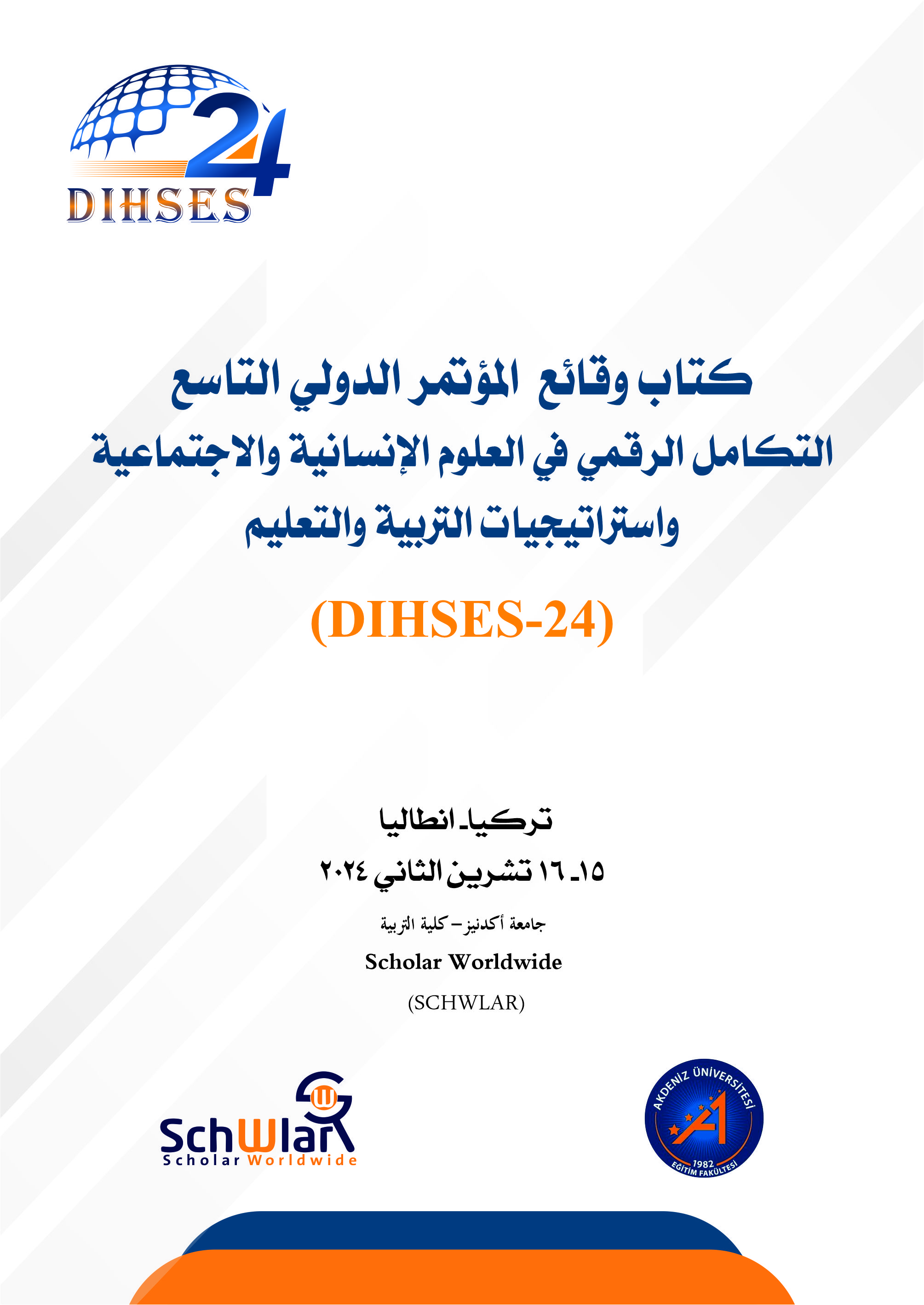Contrastive Linguistics and Its Relationship with Comparative Linguistics: A Historical Study from Al-Jahiz's Perspective
Main Article Content
Abstract
This study aims to explore the relationship between contrastive linguistics and comparative linguistics through a historical analysis of Al-Jahiz's perspectives, a prominent Arab thinker of the medieval period. The study investigates Al-Jahiz's reflections on linguistic diversity and the differences between languages in his major works, particularly Al-Bayan wa Al-Tabyin and Kitab Al-Hayawan. By examining these texts, the research seeks to understand the extent to which Al-Jahiz can be considered an early contributor to ideas foundational to both linguistic disciplines. Contrastive linguistics focuses on comparing two or more languages to identify differences and similarities, often for the purpose of language teaching and understanding, while comparative linguistics deals with studying languages' historical development and uncovering their shared roots across language families. This study addresses the conceptual overlaps between these two branches of linguistics and investigates how Al-Jahiz's ideas may provide an early framework for understanding these overlaps. The analysis highlights how Al-Jahiz's deep reflections on language and society laid the groundwork for an early appreciation of linguistic relationships. Although Al-Jahiz did not classify himself as a linguistic theorist by modern standards, his works offer valuable insights into both contrastive and comparative linguistic principles. The study concludes that Al-Jahiz’s thought represents a significant early contribution to the development of linguistic inquiry in the Arab intellectual tradition, providing a historical foundation for understanding the relationship between comparative linguistics and comparative linguistics from a cultural and social perspective.
Article Details

This work is licensed under a Creative Commons Attribution 4.0 International License.
